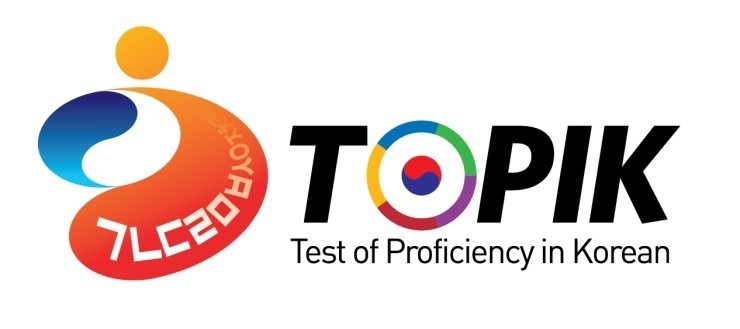Korean Lessons


Korean Language
The Korean language, known as 한국어 (Hangugeo), is not just a language; it’s a gateway into a captivating world of history, culture, and modernity.
Originating from the Korean Peninsula and spoken by around 75 million people worldwide, Korean provides a bridge to an ancient past, a dynamic present, and a promising future.

Preparation and success in the exams
We offer Korean lessons for all proficiency tests (TOPIK – Levels 1 to 6) and all levels. Our teachers are both Greek and Korean, capable of teaching in Greek or English. Beyond the lessons, our teachers strive to introduce students to Korean culture, providing a well-rounded and enriching learning experience.


TOPIK (Test of Proficiency in Korean)
The Test of Proficiency in Korean (TOPIK) is the most recognized and official Korean language proficiency test for non-native speakers. Instituted in 1997, the test is managed by the National Institute for International Education (NIIED) under the South Korean Ministry of Education.
Purpose of TOPIK
TOPIK aims to measure and certify the Korean language proficiency of non-native speakers, those of Korean descent living abroad, and residents in Korea who are not native speakers. The test is often taken by individuals aimin for higher education, employment opportunities, or permanent residency in Korea.
Usage of TOPIK Scores
Structure of TOPIK
TOPIK is bifurcated into two main exams:
- TOPIK I
- TOPIK II
This is the beginner level, testing reading and listening skills. It's further subdivided into
- Level 1: Scores ranging from 80 to 139
- Level 2: Scores ranging from 140 to 200.
Covering both intermediate and advanced levels, this test evaluates reading, listening, and writing skills. The levels here are:
- Level 3: Scores ranging from 120 to 149.
- Level 4: Scores ranging from 150 to 189
- Level 5: Scores ranging from 190 to 229
- Level 6: Scores ranging from 230 to 300
